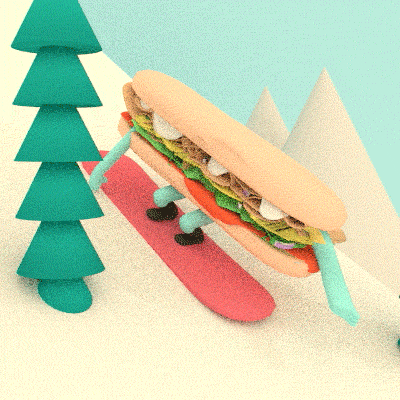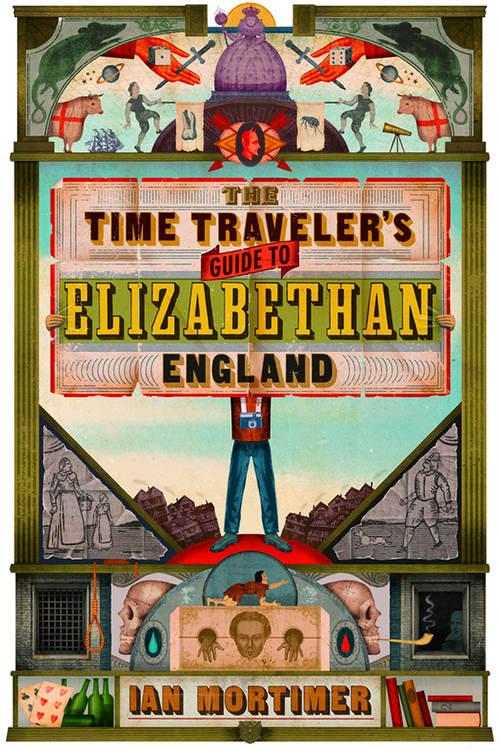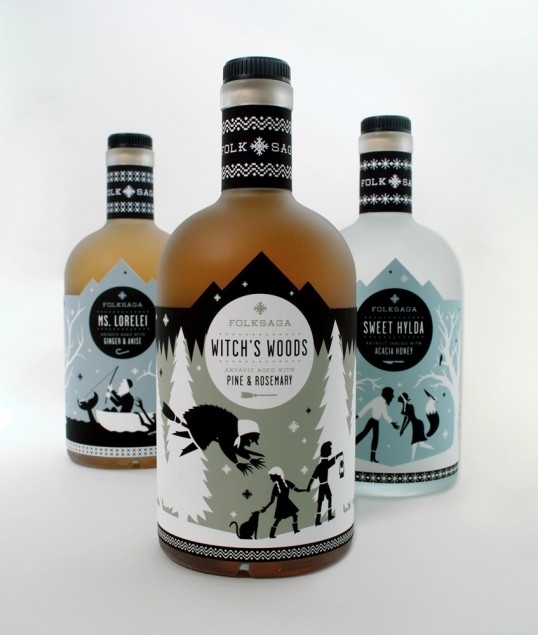One last hurrah; check out Julian Glander’s site. Might need sunglasses.
For Class April 23
Last ca-a-a-all. Hand in any redos, printed at the start of class. Include with the redos the earlier version of the work. Double check your Pinterest boards as well: did you cover all the categories? Have enough entries to express your tastes and interests?
We’ll spend class time working on a quick exercise, a simple Photoshop animation. If you have a simple illustration you’d like to animate, make sure you have access to that file. I’d like to see type or handlettering as part of the animation too. The animation will be due by the end of class.
One more thing: we’ll take a few minutes for you to fill out teacher evaluation forms. (We get scolded if you don’t!) I welcome constructive criticism and other feedback, so bring it on. Thanks.
For Class April 16
 This week is Book Jacket Crit. When you print out your jackets, make sure you don’t select “scale to page size” in the print dialogue box; this would make your book jacket look bizarrely large. Do print proofs before the final version to make sure your color is what you want it to be. We can meet up in the Computer Cluster at first, make sure everyone is all set, then go to Room 215C for crit as per usual.
This week is Book Jacket Crit. When you print out your jackets, make sure you don’t select “scale to page size” in the print dialogue box; this would make your book jacket look bizarrely large. Do print proofs before the final version to make sure your color is what you want it to be. We can meet up in the Computer Cluster at first, make sure everyone is all set, then go to Room 215C for crit as per usual.
For crit print out the front cover trimmed to size as well as the wrap jacket laid out on one sheet. You may want to either trim and place the wrap jacket on a book of the correct size or Photoshop it so we can see what it would really look like. The spine will have the title, author, and publisher name and logo. The backad (what the back cover is called in publishing circles) will have all those as well as some reviewers’ comments or a compelling synopsis (without any spoilers!) and the price and a UPC code. The front flap will have some teaser copy for the book, the back flap will have a brief bio of the author and often a photo and a credit line for you, the designer/illustrator.
You will be graded on creativity, originality, typography, illustration, layout and informational hierarchy as well as integration of type and illustration.
For Class April 9
Have your book jacket illustration pretty much done. Consider the wrap, and what’s the story being told as the jacket wraps round to the back of the book? Your thumbnails should allow for the type. Consider a display typeface that represents well the tone of the book. During class, print out a draft of how your artwork is looking. Catch those poor contrast and legibility issues sooner rather than later.
Allow room on the back and flaps for the type. During class we’ll look at correct protocols for setting body copy.
Final crit for the book jacket will be the following week, April 16th. Given the generous amount of time allowed for this project, it should be perfect.
Handlettering Free Tutorial
Thanks, Sarah! Here on Skill Share are occasional free tutorials. Here‘s a good one on handlettering.
For Class April 2
Book cover by Chris Silas Neal
The next assignment will be to design and illustrate a book jacket. This will be a chance to integrate display type and image. Be sure to choose a book you know well, so you know what it is you are trying to communicate to the public about the text.
First design the front cover. By default, use the standard hardcover size: 6 x 9″. If you make your jacket another size, model it on an existing book so your design will have the appearance of the Real Deal. If your professional goal is to work in children’s publishing on picture books, you can do a children’s book jacket, just use that industry’s standards for your size and design. Include in your design the spine, the back-ad (what the back cover is called) and front and back flaps. Study a real book jacket to see what some of the conventions and sizes are for the spine, for the flaps.
For class this week, April 2nd, have your book chosen, sketches and work in progress. You may use any media to create your illustration. Use either Adobe Illustrator or InDesign to set your type, unless you have special effects that can only be done in Photoshop. As ever, for final crit on April 10, you’ll hand in your artwork and sketches and archive the digital files, as well as a pdf, to your Dropbox folder. Your art work must read well from a bit of a distance, so manage contrast for legibility. Print out proofs as you work, so you can see how it’s looking. Make necessary adjustments for the clarity of the print.
While working on this, study existing book jackets. What makes a book look compelling? How is the story or subject suggested in an enticing way? How does the typography interact with the illustration? What is in the backad (back cover)? Note on the resources page of this blog there are links to great book jacket design sites. Have fun exploring them.
For Class March 26
Bottle Label Art Crit
For crit, Photoshop the labels onto photos of the right kind of bottles. (You can use Free Transform > Warp to get the label to wrap around the bottles’ curves.) You will also design an 8.5 x 11″ page showing the 3 labels flat. Include, as ever, your sketches with your work handed in. Save your digital files of the original artwork to your Dropbox folder as well.
To be clear:
On crit day (or with any redo):
1. Hand in the printed piece
2. Hand in sketches (or copies of sketches)(or scans of sketches uploaded to Dropbox). SOme of you may have handed in sketches with your proposals. Others may have some revised sketches as your design changed and modified during the creative process. Show me.
3a. Archive the original work, in layers, in Dropbox (Illustrator, Photoshop, InDesign)
3b. Include with the layered files in your Dropbox folder a jpg or, preferably, a pdf file so that all the fonts will be preserved.
For Class March 19
Bottle labels by Caleb Heisey
Bring in your bottle label art, as it stands. We’ll work all during class on the labels. So simple. Don’t forget the back of your bottle: to include the upc bars and nutritional information and/or alcoholic content as well as any text having to do with brand identity and product ethos. It is here you will demonstrate competent handling of small type. Consider Ilene Strizver’s typographic checklist.
Over break I’ll be out of town although working part-time and available to give feedback. Contact me via email if you like.
The Dieline
Thanks, Autumn for reminding me of this great resource for package design.




